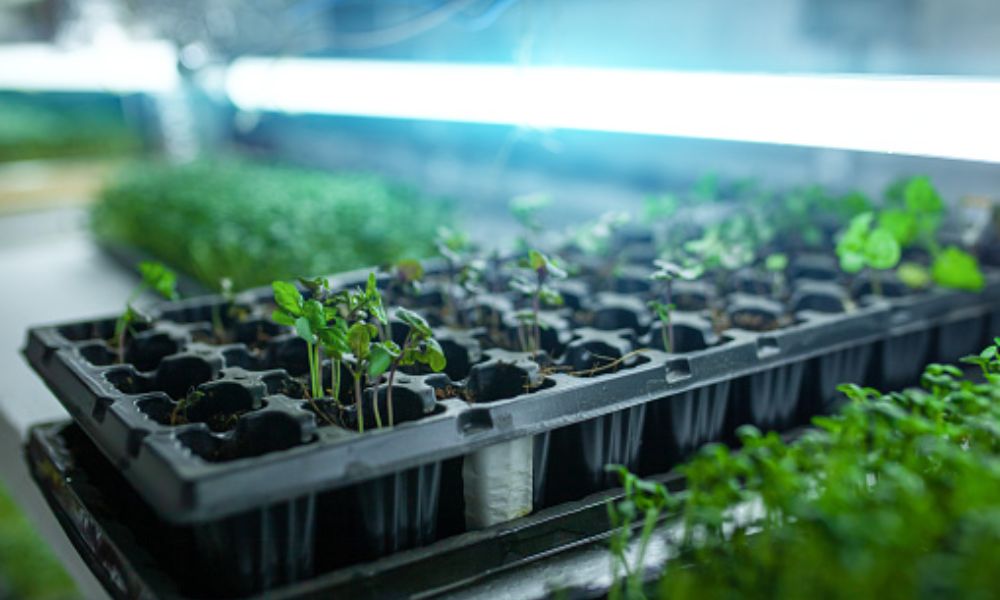I once stood over my seedlings, unsure if it was time to turn off the grow lights. I didn’t want them to stretch or wilt. But I also didn’t want to wait too long. Figuring out When To Remove Seedlings From Grow Lights felt tricky at first.
After a few tries—and a few weak sprouts—I learned what works. Now I want to help you skip the guesswork. I’ll show you how long to use growing lights for seedlings, when to take off the humidity dome, and how to move your plants to real sun.
Why Seedlings Need Grow Lights in the First Place
When I grew my first batch of seedlings, I thought a sunny window would be enough. It wasn’t. My plants stretched out, thin and weak. They leaned toward the light. I knew something was wrong. That’s when I learned the truth—seedlings need grow lights to stay short and strong.
Most homes don’t get enough sunlight indoors, especially in winter. That’s why we use grow lights for seedlings. They give your plants the boost they need to grow right. Without strong light, seedlings won’t grow thick stems or green leaves.
So, how much light do seedlings need? About 14 to 16 hours a day. That’s what I do now, and it works. Experts like the University of Minnesota say the same. Less light means tall, weak plants. More light helps them stay healthy and firm.
Sunlight can be tricky. It changes from day to day. Some windows get only a few good hours. But grow lights are steady. You can set a timer and place them close to the plants. It’s like giving your seedlings their own sun—one that never hides behind clouds.
Grow lights let you control the light. That’s the real power. With them, you don’t have to guess. Your seedlings get what they need, every day, at the same time.
The Right Time – When to Remove Seedlings from Grow Lights
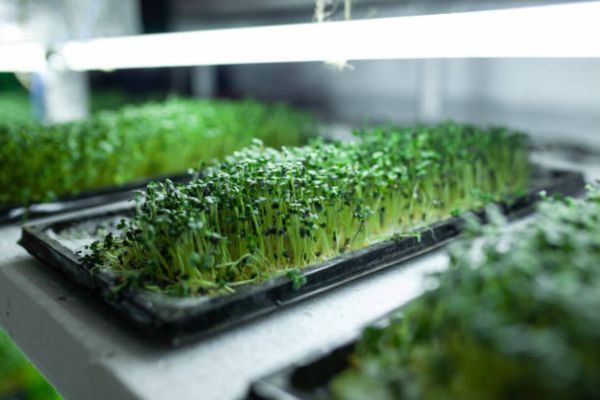
I used to guess when to remove seedlings from grow lights—and I got it wrong more than once. A few were too small. Some didn’t survive the move. Over time, I learned that the timing has to be just right. If you rush, seedlings stretch and flop. If you wait too long, they get stuck and stop growing.
The best time to remove them is after you’ve hardened them off or when you’re ready to plant them outside. That means they’ve adjusted to real sun, wind, and outdoor air. It’s not just about switching off a light—it’s about giving your plants time to grow strong.
Here are the signs I look for before removing the lights:
- They have true leaves, not just the first baby leaves.
- Their stems feel firm and stand tall.
- I’ve slowly introduced them to sunlight over a week or more.
If you skip this step, your seedlings might suffer. They can get shocked, wilt fast, or stop growing. I’ve seen it happen—and it’s not fun.
My Step-by-Step Hardening Off Process
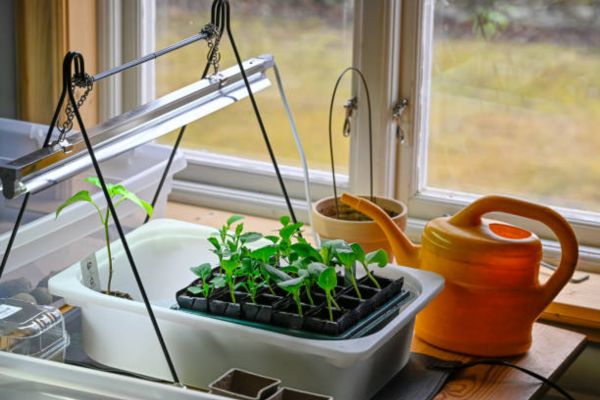
I used to rush this part. I’d grow strong seedlings under bright lights, then move them straight into the sun. Big mistake. Most of them wilted. A few didn’t make it. Now, I follow a slow, simple routine—and my plants stay healthy.
I use a 7-day hardening off plan that starts easy and builds up.
Here’s what I do:
- Day 1–2: I place the seedlings in full shade for 1–2 hours. Then I bring them back in.
- Day 3–4: They go outside for 3–4 hours, with soft morning sun.
- Day 5–6: A mix of shade and sun for 5–6 hours. If it’s windy, I use a light cover.
- Day 7–8: Full sun for most of the day. By now, they’re standing strong.
- Day 9–10 (if needed): I leave them out all day and one night. After that, they’re ready.
During this time, I still use my grow lights for seedlings indoors at night if it’s too cold. And yes—this method works for most plants, even citrus. I used the same plan for my Meyer lemon tree seedlings, and it made a big difference. If you’re using the best grow lights for Meyer lemon trees, this method will help bridge the gap from indoor to outdoor growing.
What didn’t work? Leaving them out too long, too soon. One windy day snapped two stems. Another time, I skipped shade and gave them full sun right away. They turned pale and limp. Lesson learned.
Grow Light Positioning – Getting It Right Before Removal
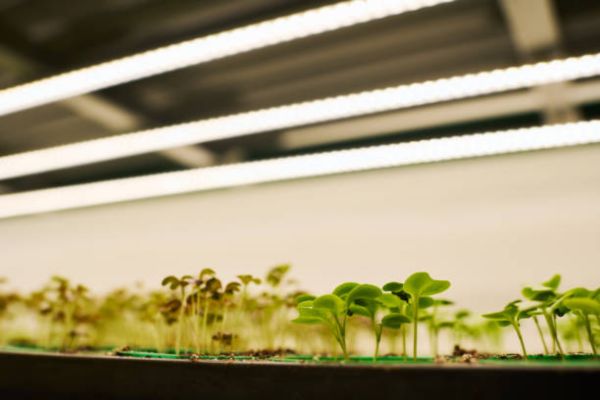
When I started using grow lights for seedlings, I had no idea how close they should be. I thought more distance meant more coverage. So I hung the lights high. Big mistake. My seedlings stretched, leaned, and looked weak. They were chasing the light instead of soaking it in.
So I looked it up and tested it myself. The sweet spot? 2 to 4 inches above the seedlings, especially if you’re using LED lights.
This close range gives your plants strong, even light without burning them. If the lights are too far, seedlings stretch. If they’re too close, leaves can curl or dry out. I like to check by placing my hand where the plants are—if it’s warm but not hot, it’s just right.
As your plants grow, you’ll need to raise the lights a little. I adjust mine every few days. A small stack of books or an adjustable hanger makes it easy.
This setup also works when you’re figuring out how high grow lights should be above plants later on, not just seedlings. As a rule, the younger the plant, the closer the light should be—without causing heat stress.
One time, I forgot to adjust the height for a week. The leaves touched the bulbs and got crispy. Another time, I moved the lights too far up. By the end of the week, my seedlings were long and floppy. I’ve made those mistakes so you don’t have to.
Humidity Domes & Light – When to Remove Each
Humidity domes confused me at first. I wasn’t sure when to lift them, and I didn’t know how they worked with lights. I thought I had to remove the dome and the light at the same time. I was wrong. They’re not connected—and timing matters for both.
So, when to take the humidity dome off seedlings? The answer is simple: remove the dome once the first seedlings start to sprout.
Domes are great at first. They trap heat and moisture, which helps seeds sprout. But once the green shoots break the surface, they need air. If you keep the dome on too long, you risk mold, damping-off, or weak growth.
Don’t confuse dome removal with removing grow lights for seedlings. That’s a totally different step. Your grow lights should stay on after the dome is off. In fact, seedlings need strong light as soon as they emerge.
Think of it this way: humidity helps seeds start, but light helps them grow. Moisture and warmth are key in the dark soil stage. But once they pop up, it’s all about air, space, and light.
Once I started removing the dome early—and keeping the lights close—my seedlings looked way better. No more stretching, no more mold. Just healthy baby plants ready for the next step.
Tips for Smooth Transition to Natural Light
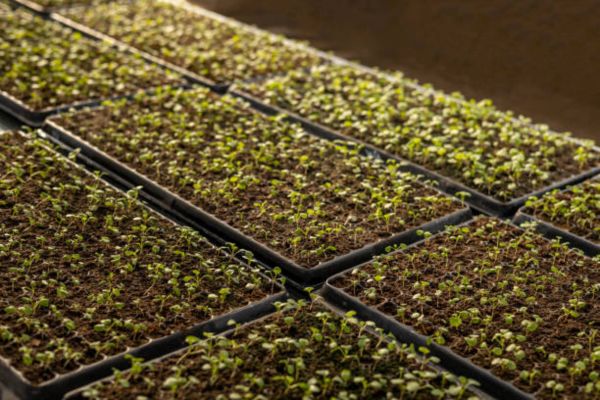
Once your seedlings are strong under grow lights, it’s time to get them ready for the real sun. But you can’t just move them outside all at once. That shock—from cool air, wind, and bright sun—can be too much. I’ve lost more than a few plants this way. Now I do it slow and steady.
Start by placing them near a south-facing window. That’s where sunlight is strongest. If you’re still indoors, this helps bridge the gap between grow lights and the sun.
Next, ease them into outdoor life. On day one, give them one hour of shade. On day two, add some soft morning sun. I keep them out longer each day. By day seven, they’re in full sun for most of the day.
Timing matters too. Mornings are better than afternoons. Cloudy days are safer than hot, dry ones. If the weather turns bad, I bring them in. On cloudy days, I still give them time outside—but watch closely. No harsh wind, no sudden storms.
The goal is to avoid transplant shock. Going from cozy grow lights to full sun in one day is like going from a soft bed to a rocky path. Take it slow. Let your plants adjust. When they do, they’ll grow faster and stronger than ever.
Now, this slow step feels like a gift, not a chore. I enjoy watching my plants toughen up a little more each day—like kids learning to ride a bike without help.
FAQs
Can I leave grow lights on 24 hours a day?
No. Seedlings need rest, just like people. They grow best with 14–16 hours of light, followed by 8–10 hours of darkness. That dark period helps them build strong roots and leaves.
Do I remove the humidity dome before turning off grow lights?
Yes. The dome comes off early—usually when the first seedlings pop up. But the lights should stay on after that. Seedlings need bright light right after they emerge.
What happens if I remove seedlings from grow lights too early?
They can get weak and leggy. Without enough light, they stretch out fast and fall over. Some might stop growing. Others could die after transplanting. I’ve seen it happen—and it’s not worth the risk.
Final Thoughts
If you’re feeling unsure about when to turn off your grow lights, you’re not alone. I’ve been there—double-checking my seedlings, reading guides, second-guessing myself. The good news? You don’t need to get it perfect. Just pay attention, and your plants will guide you.
Start with strong light. Keep the dome on only until sprouts appear. Once true leaves and thick stems show up, begin hardening off. Take it slow, adjust the light height as they grow, and ease them into the sun.

